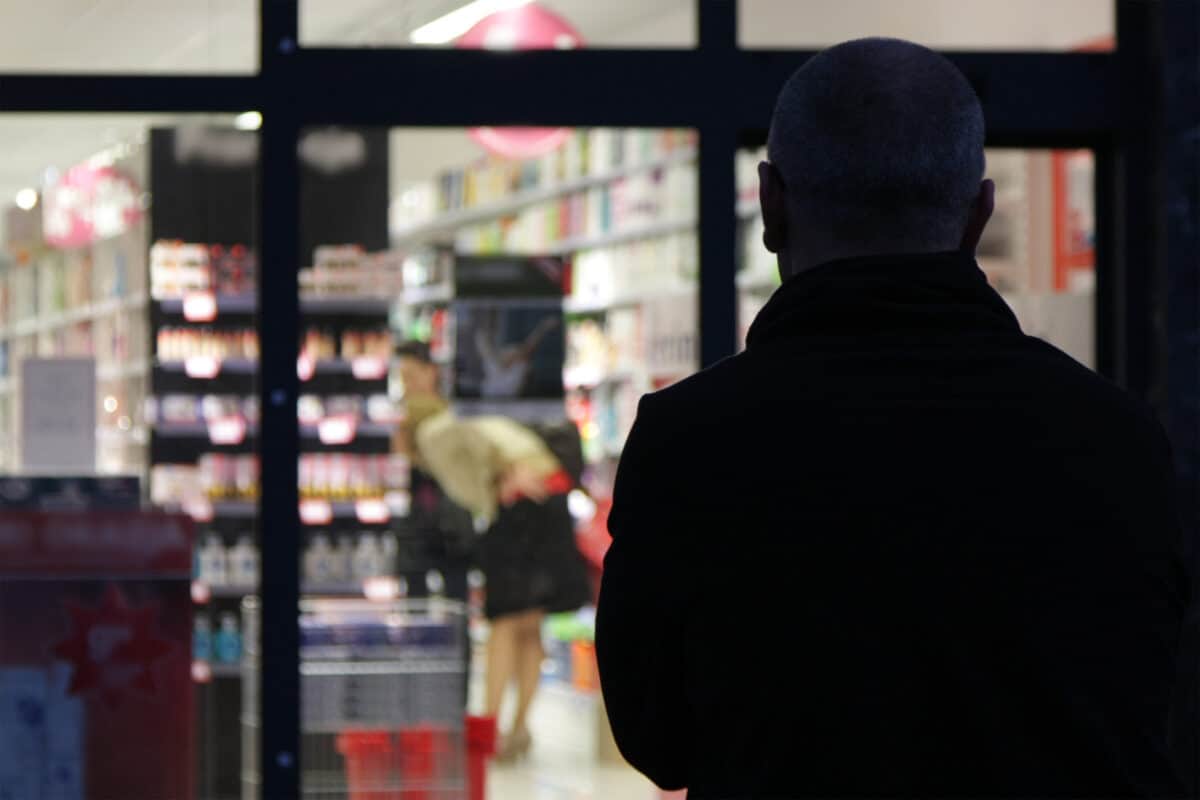The Australian Financial Review published an article on April 14 2023 (paywalled) about workplace health and safety risks faced by retail workers. The entry point was the stabbing death of twenty-year-old bottle shop worker Declan Laverty in Darwin. That a business newspaper includes an extensive article on workplace safety is a positive, but it tries to be too inclusive and overlooks hazard control measures.
Category: hazards
Stress reenters the research vocabulary and we are all better for it
Work is making people sicker, according to a recently published research report from the University of Melbourne. The “2023 State of the Future Work – A Work Futures Hallmark Research Initiative Report” said:
“Critically, we find almost three-quarters of people with a chronic illness (73 percent) say that their health condition was caused or worsened by the stress associated with their job.”
page 15
It is good to see the various incarnations of work-related mental health conditions being brought back to the collective and specific term of Stress.
Confusing positions on mental health at work
On March 28 2023, the Victorian Chamber of Commerce and Industry (the Chamber) issued an important media release called “Preparing for workplace psychological health reform”. As with most media releases related to occupational health and safety (OHS) matters, it received little attention.
Anton Zytnik a consultant for the Chamber, warned against “mental health washing”, but this media release also contains examples of avoidance and misdirection. And he’s not the only one.
Hubris, thy name is HR
The Human Resources (HR) sector often feeds off itself, reinforcing what it has always done, rather than seriously looking at opportunities to improve from outside its own experience and discipline. Workplace mental health is a particular example.
Recently the Human Resources Director (HRD) website promoted a new well-being survey from AON with the headline:
“Want to boost company performance? Invest more in wellbeing – Higher wellbeing scores can enhance performance by up to 55%: Aon report”
My initial response was WTF?! But after giving up some of my identity data to the website and reading the AON Report. My surprise diminished as I realised the report was just another example of comforting a profession on a workplace issue about which it is losing control.
WorkSafe Tasmania is not cooperating
In December 2021, five children died, and others were injured when an inflatable jumping castle lifted into the air after a strong gust of wind. WorkSafe Tasmania continues to investigate the incident, as is the Tasmanian Coroner. Recently the Coroner postponed the inquest because WorkSafe would not provide documents essential to the process, prolonging the grief of the families and the local community who want, and need, answers.
Silicosis campaign is about safety but is also about politics
The calls for banning engineered stone‘s importation are curious and likely to be acted on later this week.
Politicians, unions and some OHS associations have undertaken a risk assessment and determined that elimination is the most effective harm prevention strategy. Previous risk assessments of silicosis have been reported on in this blog for some time without banning the material. The risks have not changed even with increased inspection and enforcement. So what has changed? Politics.
The next stage of OHS analysis?
“One of our key roles as the regulator is to understand why workplace injuries happen” –
Dr Natassia Goode. Worksafe Victoria, February 9, 2023.
Dr Goode made this statement at a research seminar for the Institute for Safety, Compensation and Recovery Research. She went on to explain those “widely acknowledged” causes in an expansive discussion about “systems thinking“.







